Lay the piece on a towel and press out the excess water between towels. Never, ever wring…this will cause damage to the fibers.
Roll the piece up in a towel, and gently squeeze to remove moisture…
Now it’s time to pin! What I like to do is pin a few all around to get the general shape/measurement, then go back around and place more pins closer together so that you get a nice straight edge. Do not over pin! You don’t want to stretch the garment too far and ruin all of your beautiful hard work, this is especially important for ribbing which naturally needs to pull in a bit.
When I blocked this piece shown, I pinned up three sides and used a blocking wire (Make your own here!) to show you how they both look…blocking wires are totally optional, but very useful for lace pieces.
Finally, when everything is pinned up to your satisfaction, let completely dry. I always wait a minimum of 24 hours…it is important that there is absolutely no moisture left. Then unpin and enjoy your beautifully blocked handmade lovelies!
Click below to watch a video on how to block your work step by step:
For more fun projects and pretty patterns, be sure to follow us on Facebook, Google+, Twitter, and Pinterest for the latest updates!

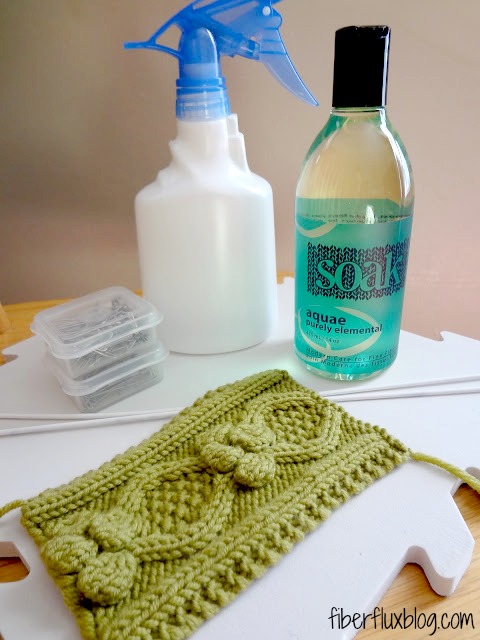
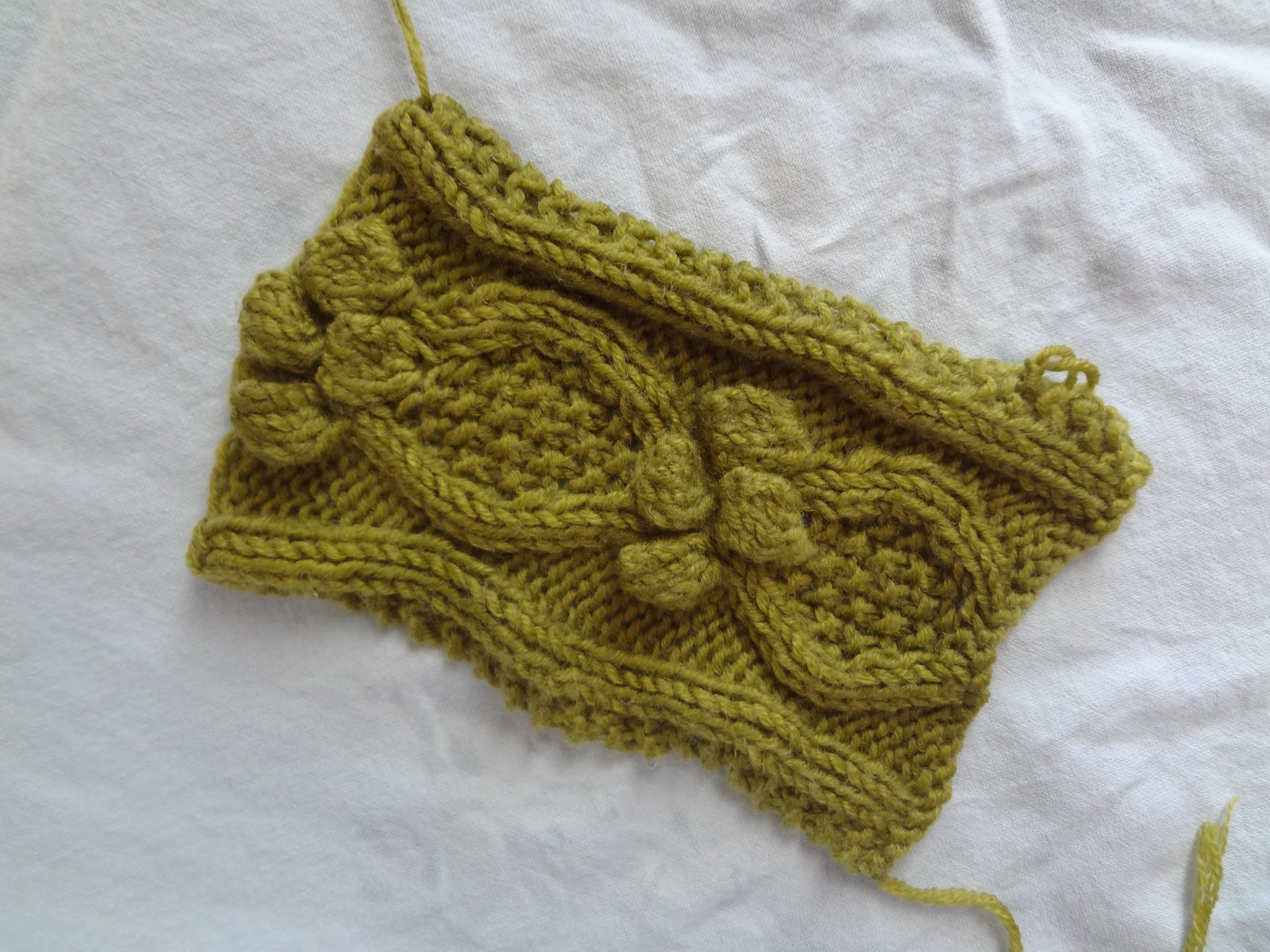
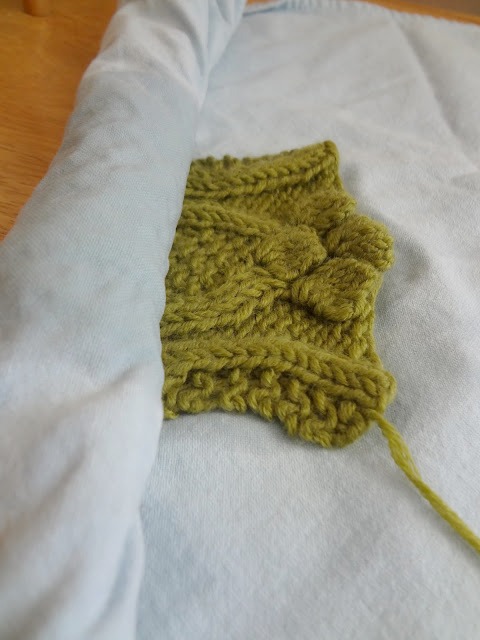

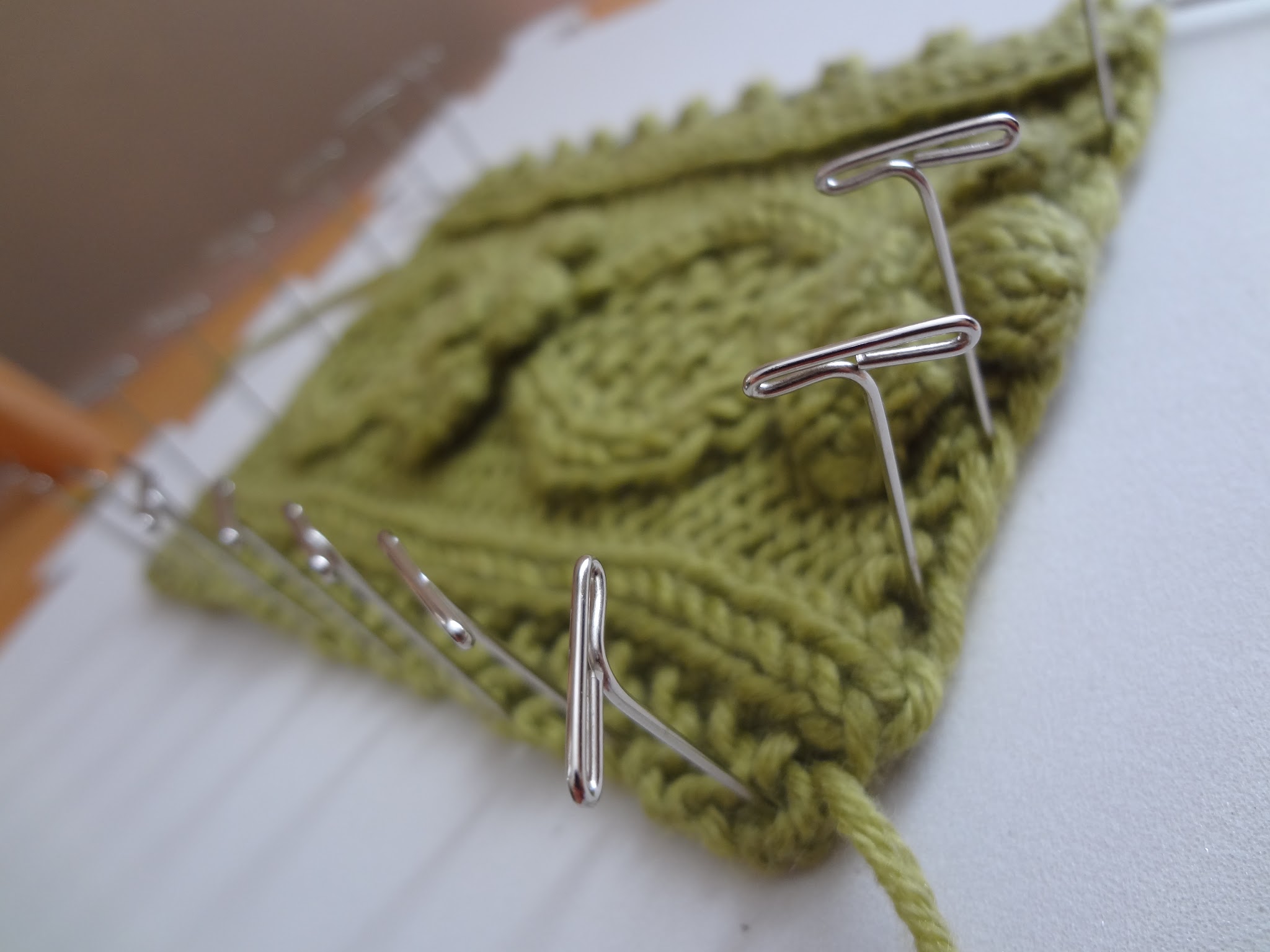
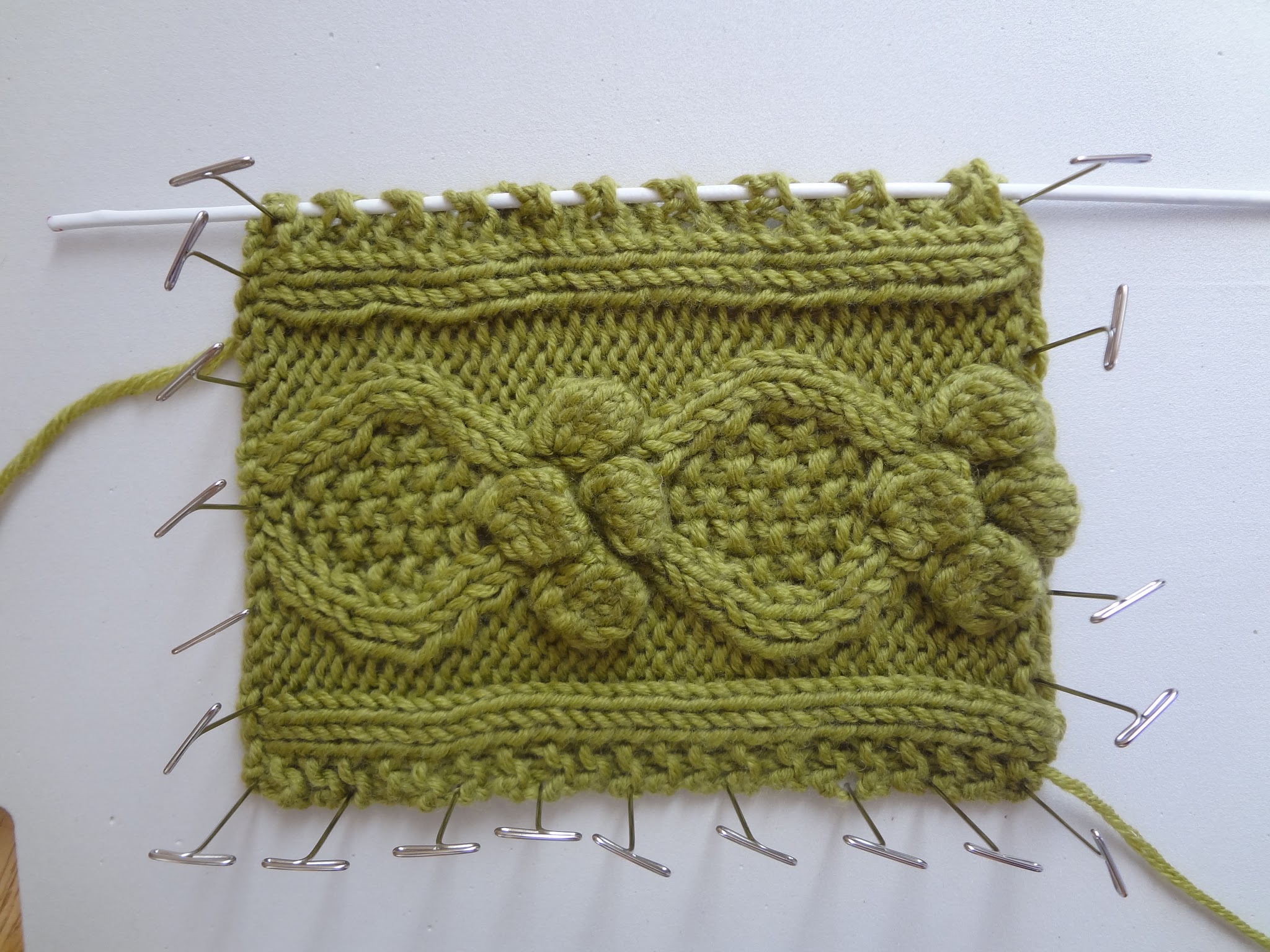


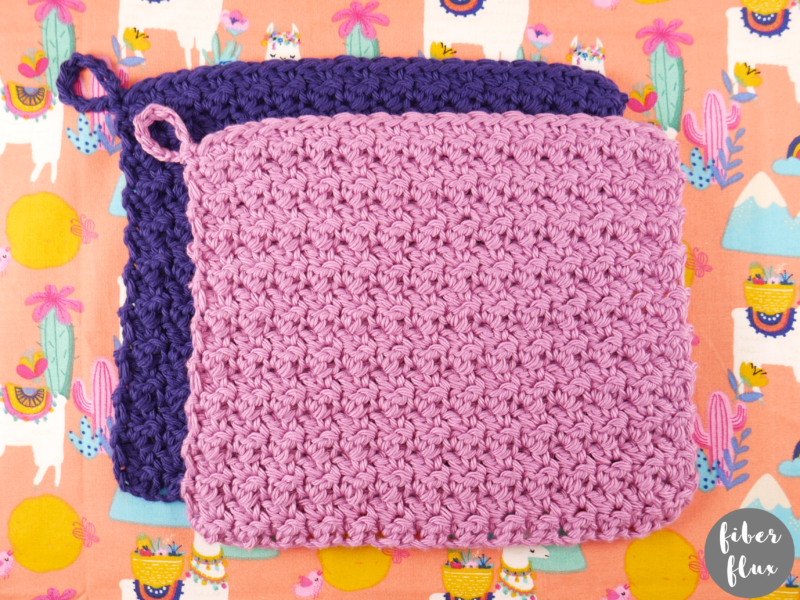
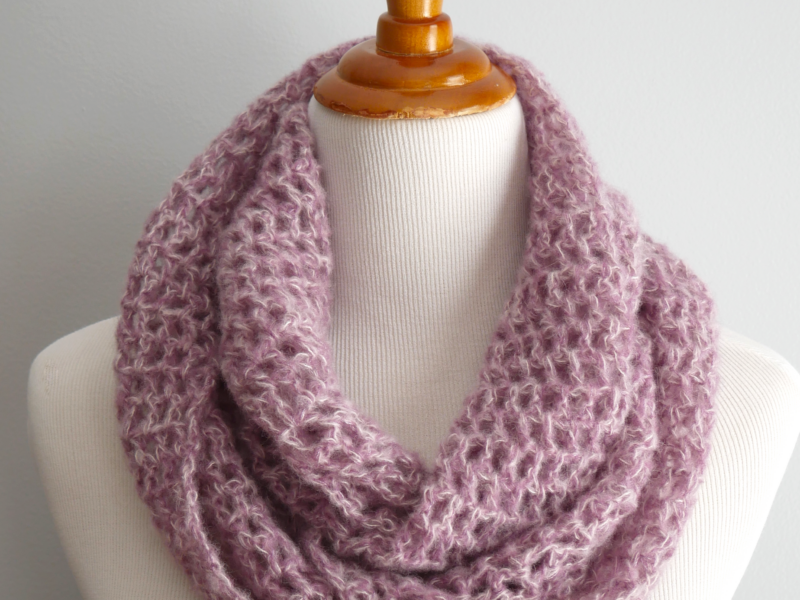
This comment has been removed by the author.
Is this for acrylic or wool will it work for acrylic . respond quick-lie
Wool blocks great, sometimes acrylic will give a little when you block, mostly it won't though.
You are awesome…you examples are great and very clear. Do think for the spray I could use fabreeze?
Thank you! I have never tried it, however I would use something very mild as not to damage any of the fibers.